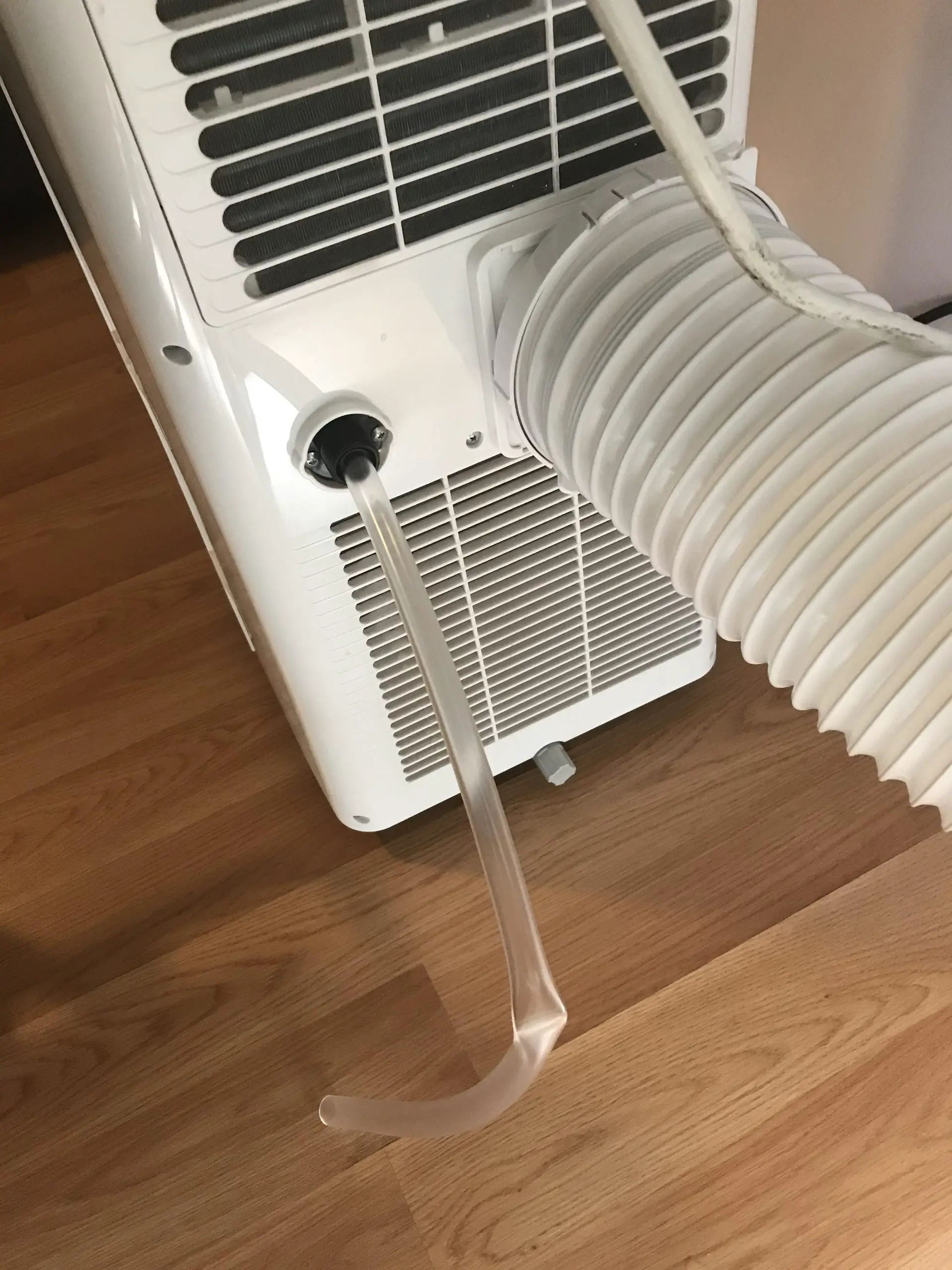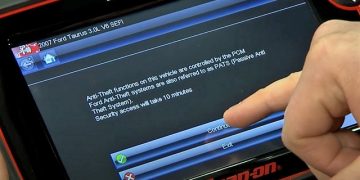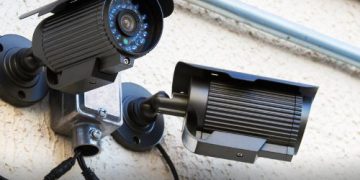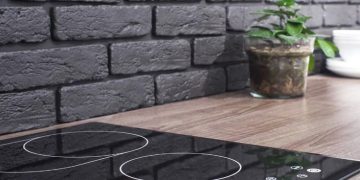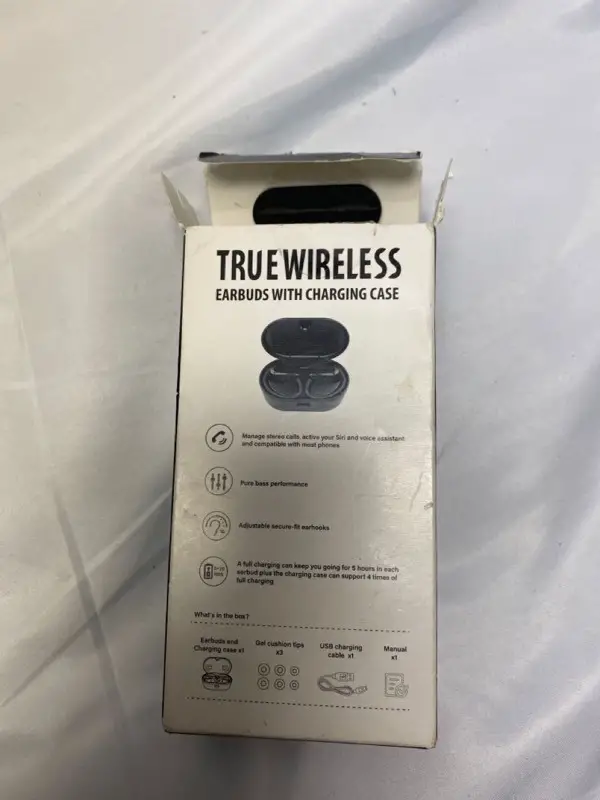If your portable air conditioner is leaking water from the bottom, check for any blockage in the drain line or a clogged air filter. Inspect the unit for proper installation and ensure it is on a level surface.
Portable air conditioners leaking water can be caused by excessive humidity, improper drainage, or a leaking internal component. Addressing these issues promptly can prevent damage to your floor and the air conditioner itself. We’ll explore the reasons and solutions for a portable air conditioner leaking water from the bottom, helping you troubleshoot and resolve this common issue.
By identifying and addressing the underlying causes, you can enjoy a cool and comfortable indoor environment without the inconvenience of water leakage.
Table of Contents
ToggleTroubleshooting Portable Ac Water Leak
If your portable air conditioner is leaking water from the bottom, it can be a source of frustration and inconvenience. However, several troubleshooting steps can help you identify and address the issue. By following these steps, you can prevent potential damage to your flooring and ensure that your portable AC unit operates efficiently.
Identify Signs Of Water Leakage
Before starting the troubleshooting process, it’s essential to recognize the signs of water leakage from your portable air conditioner. Common signs include puddles of water forming around the unit, damp or discolored flooring, or an increase in humidity levels in the room.
Initial Safety Steps Before Inspection
Prior to inspecting your portable AC for water leakage, it is crucial to take some initial safety precautions. First, unplug the unit from the power source to avoid any electrical mishaps during the inspection process. Place towels or a waterproof mat under the AC to catch any water that may still be leaking.
Tools And Supplies Needed For Diagnostics
For the diagnostic process, you will need a few basic tools and supplies. These include a flashlight for better visibility, a screwdriver to access internal components, and absorbent materials such as towels or a wet/dry vacuum to clean up any water. Additionally, having a level tool can help ensure that the unit is correctly positioned to prevent future leaks.
Reasons For Portable Air Conditioner Leaking
Portable air conditioners are a convenient solution for cooling spaces, but they may sometimes encounter issues like leaking water from the bottom. Understanding the reasons behind this problem can help in troubleshooting and keeping your unit functioning efficiently.
Condensate Drain Blockage Explanation
A common reason for a portable air conditioner to leak water is due to a blockage in the condensate drain. When the drain becomes clogged with dust, dirt, or debris, the water produced during the cooling process cannot properly drain, causing it to overflow and leak from the unit. Regularly cleaning and maintaining the condensate drain can help prevent this issue.
Improper Installation Impacts
Improper installation of a portable air conditioner can also lead to water leakage. If the unit is not positioned level or if the drainage hose is not properly connected, water may not flow out as intended, resulting in leakage from the bottom. Ensuring correct installation and alignment of the unit can help avoid this problem.
Excessive Humidity Levels As A Cause
In environments with high humidity levels, portable air conditioners may struggle to remove moisture from the air efficiently. This can lead to excess water accumulation within the unit, potentially causing it to leak from the bottom. Managing the indoor humidity levels, using a dehumidifier if necessary, can aid in preventing such leakage.
Faulty Condensation Pump Issue
If the condensation pump within the portable air conditioner malfunctions, it can result in water not being effectively removed from the unit, leading to leakage. Checking the functionality of the condensation pump and ensuring it is operating correctly is essential for preventing this issue.
Maintenance Tips To Prevent Leaks
When it comes to preventing leaks from your portable air conditioner, regular maintenance is key. By following some simple upkeep routines and ensuring optimal placement and ventilation, you can significantly reduce the risk of water leaks. Here are some essential maintenance tips to keep your portable air conditioner running efficiently and leak-free.
Regular Cleaning And Upkeep Routines
Proper maintenance of your portable air conditioner is crucial in preventing water leaks. Ensure to clean the air filters regularly, as clogged filters can obstruct airflow and lead to condensation buildup. Inspect and clear the drainage system to prevent clogs and blockages that can cause water to leak from the bottom of the unit. Additionally, check for any damaged or worn-out seals that may cause leaks and replace them if necessary.
Optimal Placement For Efficient Operation
Place your portable air conditioner on a level surface to prevent water from accumulating and leaking. Avoid placing it in direct sunlight as excessive heat can lead to increased condensation. Maintain a minimum distance of 12 inches between the unit and any obstructions to ensure proper airflow and prevent moisture buildup.
Adequate Air Ventilation For Moisture Control
Ensure proper ventilation of the room where the air conditioner is used to control humidity levels and minimize the potential for leaks. Keep windows and doors closed to prevent warm, moisture-laden air from entering the room, which can lead to condensation in the unit.
Diagnosing Leak Sources In Portable Ac
Step-by-step Guide To Find The Leak
When a portable air conditioner leaks water from the bottom, it’s essential to identify the source of the leak to address the issue effectively. Follow these steps to diagnose the leak source:
- Inspect the condensate drain line: Check for any clogs or blockages that could obstruct the flow of water, leading to leakage.
- Examine the connection points: Inspect the connections of the drain line and ensure they are secure and properly fitted to prevent any leaks.
- Check for damaged components: Look for any cracks, rust, or corrosion in the unit’s internal components, particularly around the drain pan and hoses.
- Test the unit’s angle: Ensure the portable AC is positioned with a slight tilt towards the back to facilitate proper drainage of condensate water.
Common Leak Points In Portable Units
Portable air conditioners are prone to specific leak points, which include:
- Condensate drain line: Accumulation of debris and dirt may cause clogging, leading to water leakage.
- Drain pan: Cracks or damage to the drain pan can result in water seepage from the bottom of the unit.
- Hoses and connections: Loose or damaged hoses and improperly fitted connections can cause water leaks.
Troubleshooting Internal Component Malfunctions
Internal component malfunctions can also contribute to portable air conditioner leaks. Key troubleshooting steps include:
- Inspect the drain pan: If the drain pan is cracked, replace it to prevent water leaks.
- Check the condensate pump: Ensure the condensate pump is functioning correctly and efficiently expelling water from the unit.
- Examine the evaporator coil: Clean the evaporator coil to remove any debris or dirt buildup that may impede proper water drainage.
Fixing Your Portable Ac Water Leakage
If your portable air conditioner (AC) is leaking water from the bottom, addressing this issue promptly is crucial to preventing damage to your floors and maintaining the efficiency of your unit. Here are some approaches to fixing the water leakage from your portable AC:
Seal And Repair Solutions For Common Issues
Common issues leading to water leakage from the bottom of portable AC units can often be resolved with simple seal and repair solutions. Inspect the drainage system, including the drain pan, drain line, and hose connections, for any signs of blockage, cracks, or disconnections. Using waterproof sealant or HVAC tape, seal any visible cracks or leaks in the drain pan or drain line. Ensure that the components are properly connected and positioned to facilitate effective water drainage.
When To Replace Parts Vs. Whole Unit Advice
When addressing water leakage issues, it’s important to consider whether replacing specific parts or the entire unit is the most cost-effective solution. If the leakage is primarily stemming from a damaged or malfunctioning component such as the drain pan or hose, replacing the specific part may suffice. However, if the unit is older and has a history of consistent issues, investing in a new portable AC unit may provide a more long-term solution.
Professional Repair Versus Diy Approaches
- Assess the complexity of the issue before deciding between professional repair and DIY approaches.
- For simple blockages or minor leaks, attempting DIY repairs can often resolve the problem efficiently.
- However, for complex issues or if you’re uncertain about the cause of the leakage, seeking professional repair services can offer a more comprehensive and accurate resolution.

Credit: www.youtube.com
Frequently Asked Questions For Portable Air Conditioner Leaking Water From Bottom
Why Is My Portable Air Conditioner Leaking Water From The Bottom?
Your portable air conditioner may be leaking water due to a clogged drain line, improper installation, or a dirty air filter. Ensure the unit is level, clean the filter regularly, and inspect the drain line for blockages to prevent water leakage.
Regular maintenance can prevent this issue.
How Do I Troubleshoot Water Leakage From My Portable Air Conditioner?
To troubleshoot water leakage, check for a clogged drain line, ensure the unit is level, clean the air filter, and verify proper installation. Redirecting the drainage and inspecting the unit’s exterior for any damage can also help resolve water leakage issues.
Can Humidity Levels Contribute To Water Leakage From A Portable Air Conditioner?
High humidity levels can cause condensation to form, leading to water leakage from your portable air conditioner. To address this, consider using a dehumidifier in conjunction with your air conditioner to help manage indoor humidity levels and reduce water leakage.
Conclusion
Dealing with a portable air conditioner leaking water from the bottom can be frustrating. By understanding the common causes and troubleshooting methods discussed in this blog post, you can effectively address this issue. Regular maintenance and proper installation can prevent future water leaks, ensuring your portable air conditioner operates efficiently.


